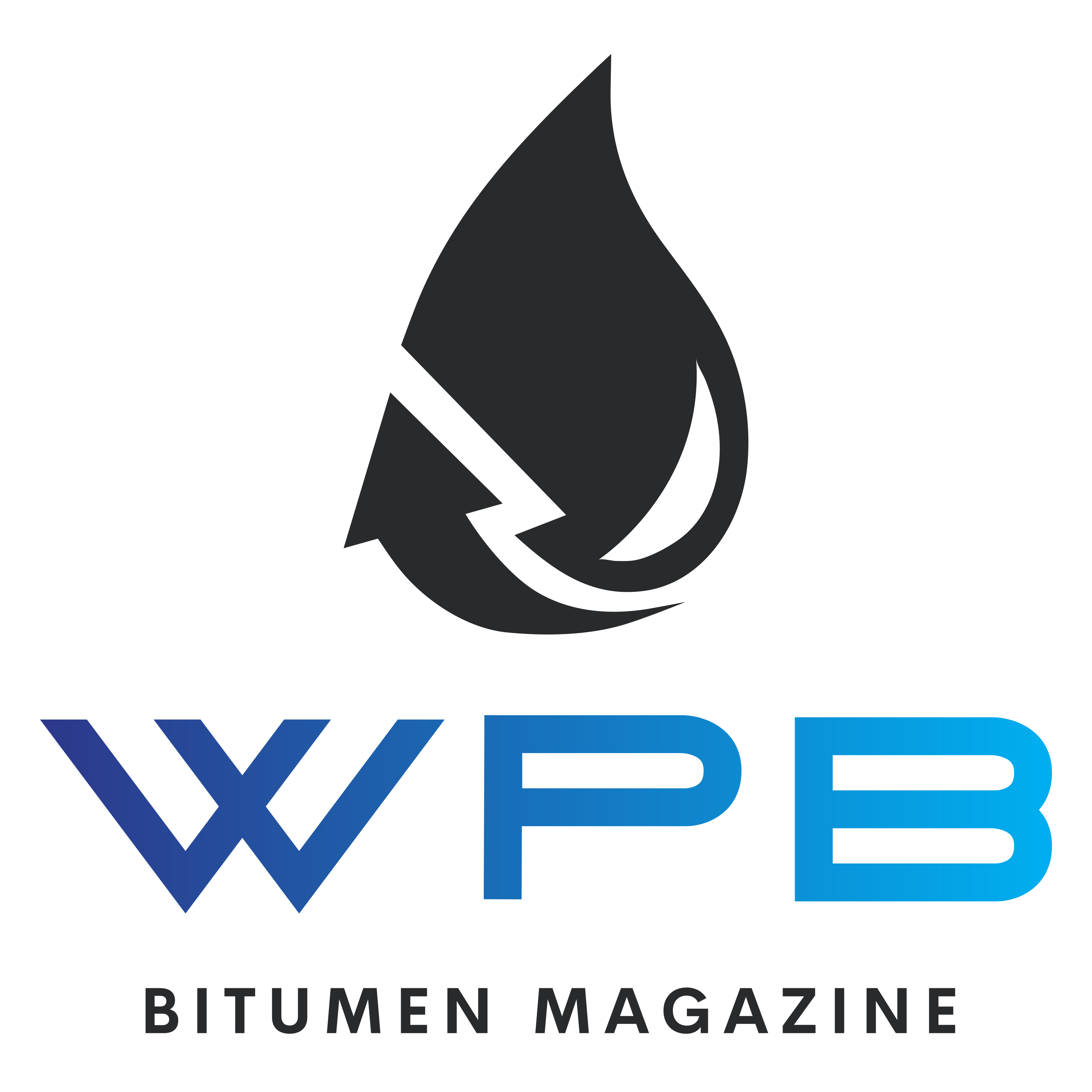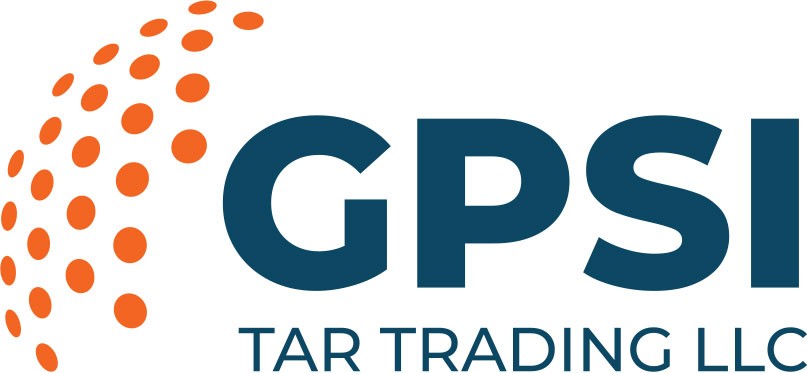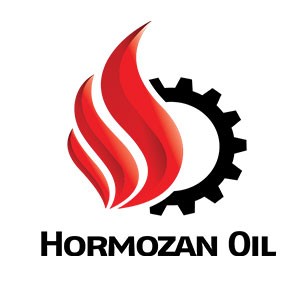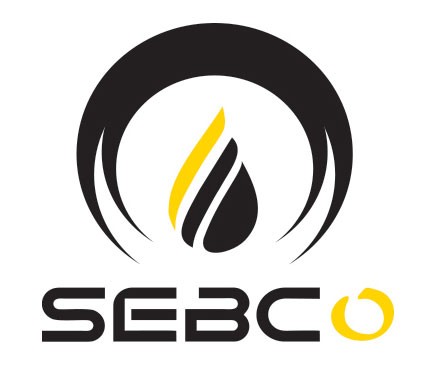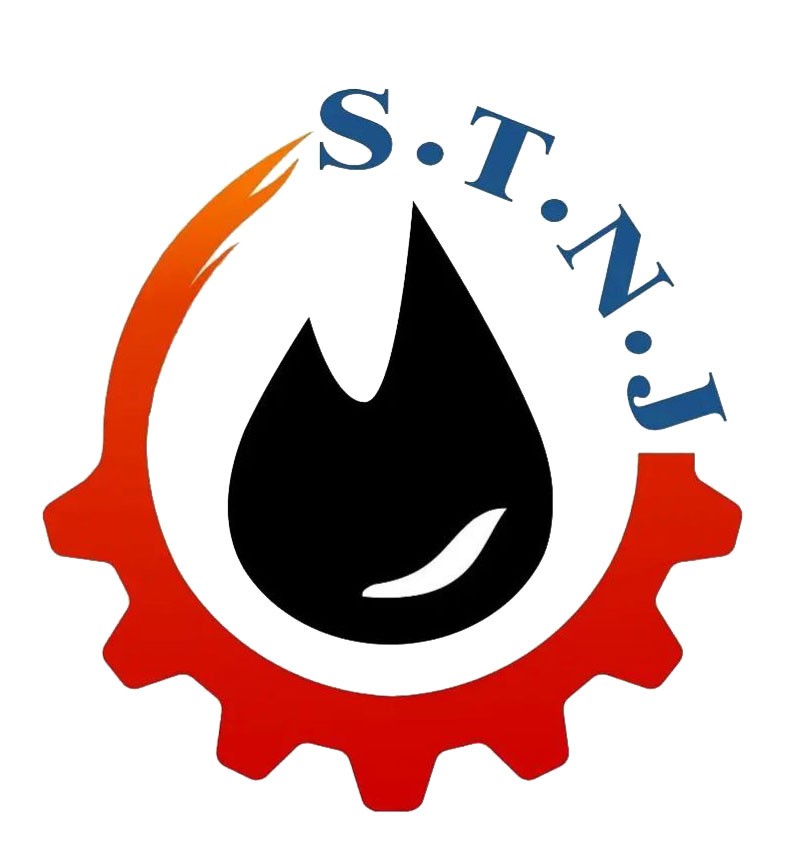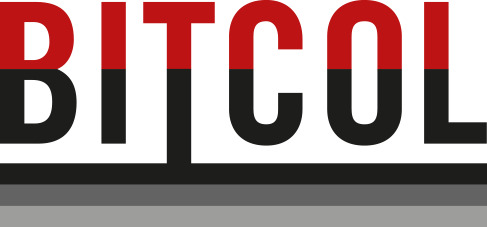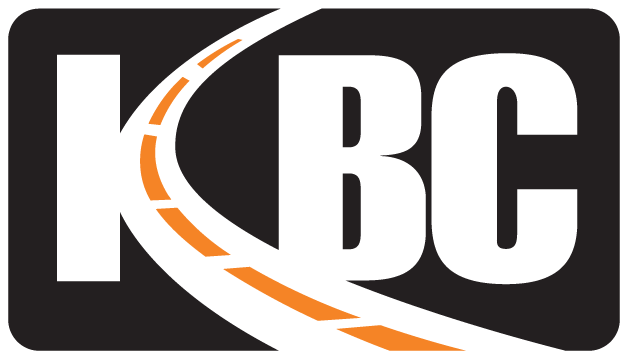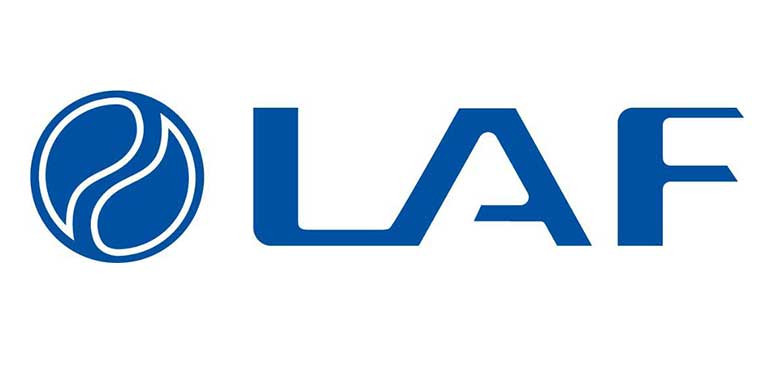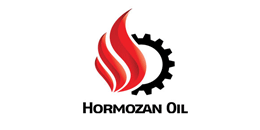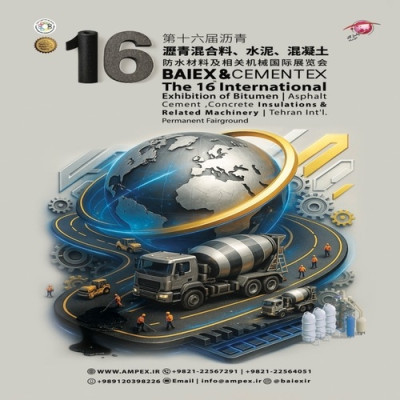WPB: Oil prices have climbed to their highest levels in three months, driven by the United States imposing stricter sanctions on Russia. This escalation comes on the heels of several positive market developments that have fueled a strong start for crude in 2025.
Brent crude surged by 3.7%, closing above $79 per barrel, while West Texas Intermediate (WTI) finished above $76. The comprehensive sanctions target two companies responsible for managing over 25% of Russia’s seaborne oil exports, as well as key insurers and a significant fleet of oil tankers. Earlier in the day, Brent prices spiked 5%, briefly exceeding $80 as speculation about the sanctions impacted the market.
“President Biden decided to implement aggressive energy sanctions his administration had been considering in recent weeks, catching traders off guard who had underestimated the potential disruption,” commented Bob McNally, founder of Rapidan Energy Group and a former White House energy advisor.
So far this year, crude prices have risen more than 6%, a stronger-than-expected performance given earlier forecasts of an oversupplied market. Financial institutions like Citigroup and Morgan Stanley have already adjusted their price predictions upward. Hedge funds have also turned increasingly optimistic, with money managers holding the largest net-long positions in Brent crude in nearly eight months.
Although the market anticipated additional sanctions on Russia, the broad scope of the measures—particularly the restrictions on a large portion of the country’s tanker fleet—has introduced significant uncertainty about Russia’s ability to secure shipping vessels. At the same time, traders have been bracing for potential sanctions targeting Iranian oil, which could further tighten an already strained market, especially as US crude stockpiles dwindle.
A combination of tightening supply, cold weather, and reduced Russian seaborne exports has supported this recent price rally.
“Given these bullish dynamics, no one is willing to take a short position right now,” said Dennis Kissler, senior vice president of trading at BOK Financial Securities.
The bullish sentiment is also evident in the widening of Brent’s prompt spread—the difference between its nearest contracts—reaching $1.02 in backwardation, a market structure that signals strong demand. Just a month ago, the spread was only 29 cents. Similarly, WTI’s prompt spread climbed to 85 cents, pushing market volatility to its highest level in over a month.
Despite the current rally, some analysts caution it may not last. Technical indicators like the Relative Strength Index suggest crude futures are overbought, and some traders warn that these sanctions could be rolled back once President-elect Trump assumes office.
By WPB
Oil, Petroleum, Bitumen, Market
